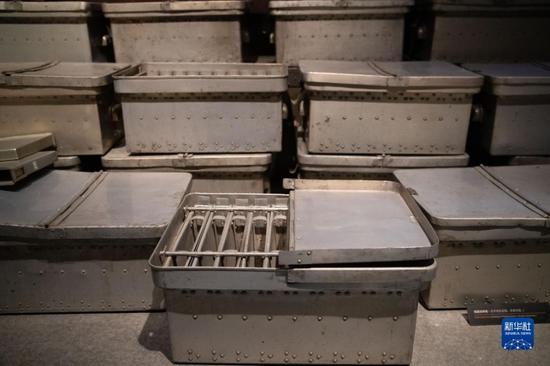New evidence of Japanese germ warfare unit on exhibit
More than 20,000 pieces of artifacts and documents are on exhibit for the first time in a museum in northeast China's Heilongjiang Province, testifying crimes against humanity by the notorious Japanese germ warfare army known as Unit 731 during the World War II.
Following a preparation since September, the Museum of Evidence of War Crimes by the Japanese Army Unit 731 in Harbin, the provincial capital of Heilongjiang, put on the exhibition earlier this month.
Jin Chengmin, curator of the museum, said the new evidence includes 2,862 incriminating artifacts, 23,000 pages of historical files, and 810 minutes of video footage, which were obtained through archaeological excavations, transnational forensics, and academic research since 2015.
"The new display further shapes up an evidence chain of the germ research and human experiments conducted by Unit 731," said Jin.
Among them is a roster of the unit affiliated with the Japanese Kwantung Army, showing Unit 731 had a total of 3,497 members.
At least 3,000 people died at the unit's base in Harbin alone between 1939 and 1945, mostly in experiments for the development of biological weapons.
In more than 30 years of archaeological excavations and research, the museum has collected nearly 100,000 pieces of artifacts and historical documents in seven categories.
"By presenting the evidence and disclosing the crimes, we enhance the international influence of the museum to remind the public of the past and safeguard peace. It's not only important for Chinese but also meaningful for all humanity," said the curator.

